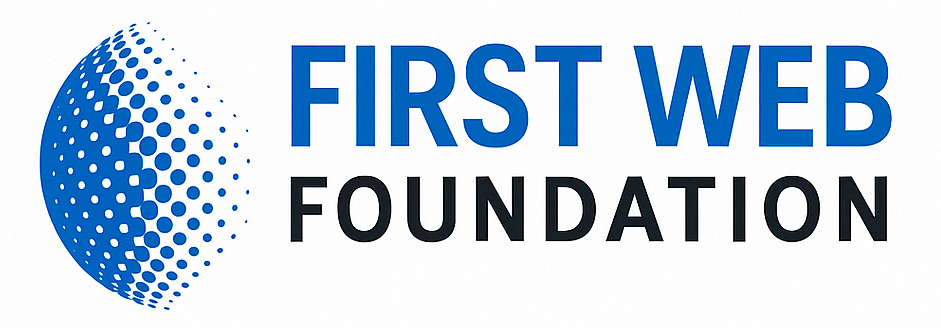A Case for Technology Investments for Smaller African Nonprofits

In Africa, nonprofit organisations tend to manifest in various forms and shapes based mainly on how they are legally constituted and how they are structured institutionally. Previously, in this article, I attempted to categorise different nonprofits into NGOs, CBOs, FBOs, OPDs, and CSOs, which may also exist as either legally constituted nonprofits or as loose networks (without any form of legal status). In some countries like South Africa, NGOs are often referred to as Non-Profit Organisations (NPOs).
But irrespective of how they operate or are structured, there is strong evidence of the phenomenal impact these nonprofits are making in their respective countries, and even at the regional and international levels. The common impression most people have, however, is that the bigger a non-profit is (in terms of geographical coverage and the size of its constituency of beneficiaries) the bigger the impact they make.
For example, nonprofits operating at national or regional levels are successfully influencing national policies and programmes through accountability interventions on public resources, and advocacy programmes on national social policies that impact people’s lives where they engage with various sector-based duty bearers.
They leverage significant amounts of resources (funding) commonly mobilised through large foundations and United Unions (UN) agencies which make their work more visible than most smaller CBOs operating in the communities. Unlike the latter, the former can easily attract interest from traditional news media outlets, as well as leverage social media platforms and other online tools like Blogging and Vlogging. In addition, despite having the advantage of accessing funding from large foundations overseas, their position means they also have an opportunity to take advantage of online crowdfunding platforms to raise additional resources; a privilege the CBOs do not have.
But while on the surface it may seem CBOs face more challenges than bigger nonprofits operating at national levels, one research study found that NPOs in South Africa face significant problems with their financial resources, including an excessive reliance on donor funding, difficulty securing donor funding, a lack of donor funding available, fierce competition from non-NPOs for donor funding, donors’ reluctance to cover operational costs and their insistence that funds be used a certain way, and donors’ signing of non-binding contracts on the provision of funding, man others.
However, with the ever-changing transition of the web, mobile, and other digital technologies, it is now possible for smaller nonprofits to begin taking advantage of the low-cost – yet more powerful than ever before – online solutions to increase their impact. Unlike in the past when financial resources were the main deterrent for most smaller CBOs, presently it appears the most critical disincentive is a lack of basic skills or knowledge of effectively using these online tools. This is the gap new initiatives like the First Web Foundation seek to fill.
In the past, designing a nonprofit website, for example, required them to invest in hiring a web developer. Today, the evolution of WordPress whose UX interface not only gets improved day in and day out but also massively simplified, has made it possible for anyone to create amazing websites. Furthermore, the ability to integrate into WebPress powerful plugins like Elementor for free with a much easier learning curve for beginners than getting to grips with the workings and mechanics of the Adobe Dreamweaver has not only made developing websites a piece of cake but has also heavily cut costs by exponentially.
Similarly, designing a simple information material like a leaflet would mean contracting a good designer, but now that is a thing of the past with the proliferation of online tools and apps with incredible capabilities to help everyone produce any IEC material, including a Youtube video, within minutes. The Canva app, for example, conspicuously stands out as one of the trailblazers of these web and mobile technology innovations in this regard.
As we transitioned from 2022 to 2023, the advent of artificial intelligence was greeted with unimaginable excitement, with the promise to further simplify and revolutionise how nonprofits – including, most importantly, smaller CBOs) quickly deliver services at a fraction of what it would cost previously, thereby multiplying the impact of their work tenfold.
While most of the tools still require users to purchase premium versions, the freemium versions – as can be verified with Canva, for example – are just more than enough to transform how CBOs manage their work. Interestingly, even day-to-day tools like Google and Microsoft products have strategically integrated free collaborations tools that help teams to work smarter, such as Google Docs which helps virtual teams work on documents simultaneously, the new Microsoft Loop that helps teams o manage any type of project collaboratively, quickly, and with the help of page templates and AI.
Now that the high costs to afford the useful tools seems to have significantly reduced, the need to learn and constantly keep pace with the changes seems to be the main priority at present and a valid case for focusing more on investing in smart technology tools that can help CBOs manage their projects quickly and impactfully.
In addition, the meteoric rise of the social media frenzy means it is much easier today to reach communities, duty-bearers, and other strategic stakeholders with a fraction of the resources that would have been required in the past, creating an opportunity to maximise or channel the savings to other pressing community needs.
And with the news that 10 percent of the populations of two of the world’s most impoverished countries of South Sudan and Somalia use the internet today, there can never be a better opportune time to shift investments towards digital technology for smaller nonprofits in Africa.
